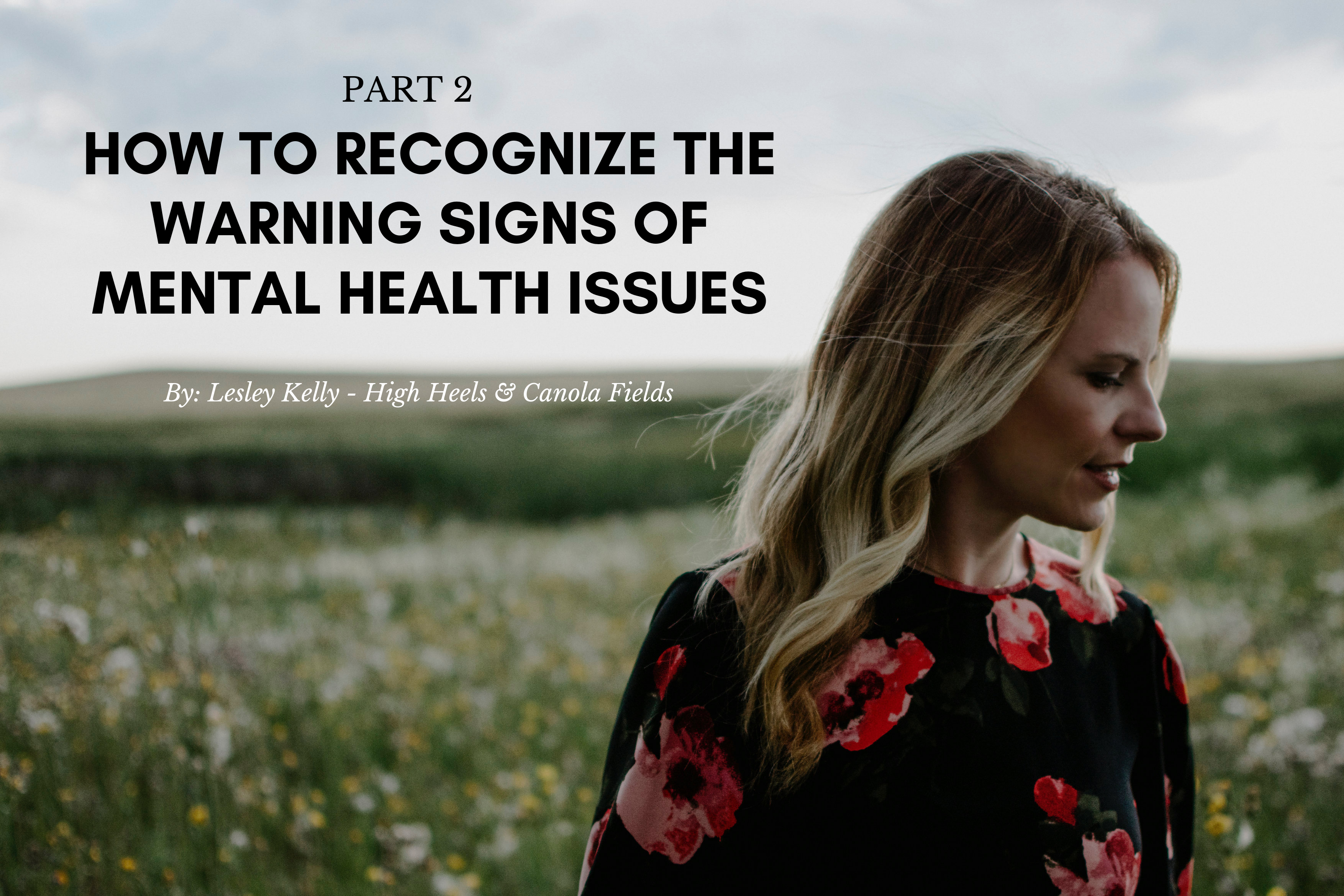Do you know the warning signs of when someone is struggling? To be honest, I didn’t. I had a general idea, but I wasn’t confident and had predetermined ideas of what mental illness looked like.
I know now I was wrong and even with good intentions, I was likely insensitive, uniformed and missed the signs.
I am not a medical professional or expert, but going through my own battles, supporting those around me and learning as much as I can through courses and training about mental health, I’ve become more aware and present.
I’ve learned to recognise the warning signs – doing so can help save a life.
When we knew something was wrong
Common signs of someone who is experiencing a mental health problem, or has a mental illness is when you notice a change in their normal behaviours and attitudes. It is especially important to pay attention to these sudden changes.
Trying to tell this difference isn’t always easy. There’s no easy test that can let someone know if there is a mental illness or if someone’s actions and thoughts might be typical behaviours.
For me, my normal everyday behaviour is to be outgoing, social, and talkative. My husband started to see changes after having our second baby when I didn’t want to do much of anything.
I didn’t want to go outside, talk on the phone, get dressed for the day, and he had a hard time having a conversation with me.
My husband’s normal is very much like mine. I started to notice changes when he seemed to have a hard time focusing, didn’t want to talk to me or others, and got extremely irritated when things wouldn’t work, or go as planned when normally, he is a don’t-sweat-the-small-stuff-kind-of person.
He also stopped eating and sleeping, which is very atypical for him.
My husband and I shared a live video a couple of years ago about our mental health journeys and one of our biggest “aha” moments was when we heard these differing themes from fellow farmers:
“I have similar symptoms, knew something was wrong but didn’t realise that was what anxiety looked like.”
“I am living with anxiety and my symptoms look a bit different.”
Each illness has its own symptoms and every person and situation is different. We didn’t realise that some, including my husband, thought that the symptoms of anxiety were normal because that’s all they’d known. We also realised that anxiety may look and feel different for another.
Common signs to look out for
To help guide you further, someone might be struggling with their mental health when you see a change in their thoughts, feelings and behaviours that:
- Negatively affect their responsibilities and relationships
- Last for a long period of time, possibly two weeks or more
- Are dramatic, intense, stronger changes than usual
Examples include:
- Withdrawing from activities
- Avoiding social situations
- Not taking care of personal hygiene
- Impulsive behaviours
- Changes in eating and sleeping patterns
- Overwhelming anger, sadness or other distress
- Extreme worry or anxiety
- Growing inability to cope with daily problems or activities
- Substance use
- Extreme mood changes of highs and lows
- Trouble understanding or relating to situations or people
- Saying things like “What’s the point?” “Nothing matters.” “No one cares.”
- Suicidal thinking
This information of the signs, symptoms and examples can be found at various mental health websites such as healthyplace.com.
What to do
If you see these warning signs, particularly when they occur together, and are concerned for someone, it is time to take action, for yourself or for others.
Paying attention to the warning signs can help and even save someone’s life. Don’t be afraid to reach out if you or someone you know needs help.
If you or someone you know needs help now, you should immediately call:
Canada and USA: The National Suicide Prevention Lifeline at 1-800-273-8255, or call 911. Further resources can be found here.
UK: Contact numbers for farmers and others experiencing mental health problems, can be found here.
If you are looking for mental health resources in agriculture, please visit the Do More Agriculture Foundation at domore.ag.
A few months ago, I posted my first article in a mental health series to share some of my guiding principles of the things I’ve learned in my journey when it comes to mental health. The first post you can find here and starts with being there for yourself and for others.

